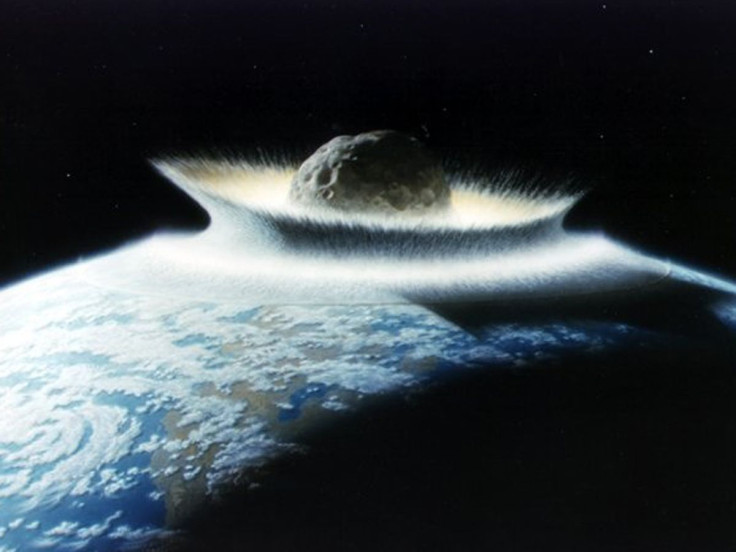Scientists Find Proof Of Massive Killer Asteroid That Killed Dinosaurs

Researchers have found traces of the massive asteroid that wiped out the dinosaurs and triggered a series of catastrophic Earth-ending events 66 million years ago. Through their discovery, the researchers were able to piece together the events that happened shortly after the asteroid collided with Earth.
For their study, the researchers led by Professor Sean Gulick of the University of Texas Institute for Geophysics traveled to the Yucatan Peninsula in Mexico to visit the Chicxulub crater, which was the ground zero for the planet-killer asteroid.
As the researchers were going through the site, they discovered rocks and other material that reflected the massive impact that occurred in the region. Although the area contained a high concentration of rocks with sulfur, the researchers did not come across other sulfur-bearing materials.
This led them to theorize that after the asteroid crashed on Earth, it vaporized the sulfur-containing materials, releasing sulfate aerosols in the atmosphere. The vaporized sulfur, along with other debris, lingered in the atmosphere and blocked out the Sun, leading to a nuclear winter.
Through their latest discovery, the researchers were able to identify the series of events that took place shortly after the asteroid’s impact.
After the asteroid hit, it created a massive crater that was about 93 miles wide and triggered a powerful tsunami. As the water from the sea rushed back into the hole, it created a layer of melted stone over the layer of accumulated rock at the bottom of the crater.
The explosion from the impact instantly triggered various wildfires inland. It then created a massive heat pulse that raised temperatures in regions over 900 miles away from the impact zone.
With the explosion, heatwave and tsunamis wiped out the majority of animals and plant life on the ground, the nuclear winter triggered by the dust in the atmosphere finished off what the asteroid started. The researchers noted that these events led to the loss of around 75 percent of all known species on Earth.
“Our reports support this scenario where first you burned parts of the continents, and then you had global dimming of the Sun and plummeting temperatures for years to follow,” Gulick said according to Smithsonian.com.
The findings of the researchers were presented in a new study published in the Proceedings of the National Academy of Sciences of the United States of America.
© Copyright IBTimes 2025. All rights reserved.





















